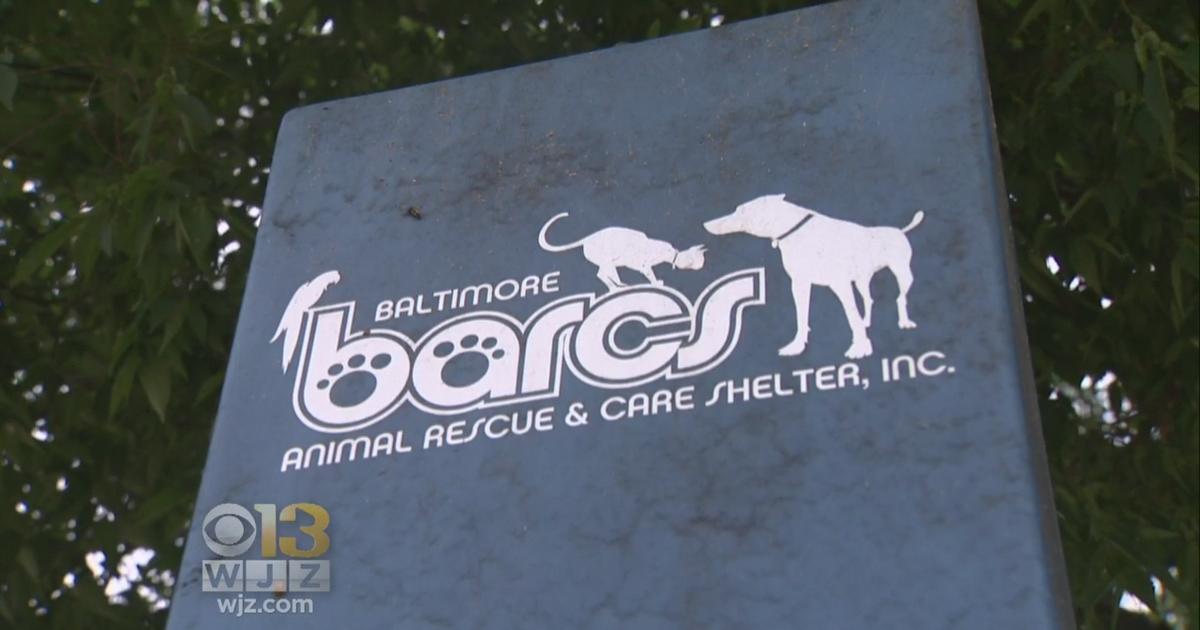Redevelopment Of Mill Site Underway In Baltimore
By MELODY SIMMONS
The Daily Record of Baltimore
BALTIMORE (AP) -- As the lazy waters of the Jones Falls drift nearby, the hum of activity at Chestnut Avenue and Falls Road has created a clash of cultures as part of the ongoing $43 million, mixed-use redevelopment of a historic former mill site in Hampden.
The 139-year-old former cotton mill and two other buildings will soon morph into a complex of 92 apartments, office space and restaurants as part of a continuing push to convert the rustic parts of this quirky city community's past into chic redevelopments.
"When these mill buildings were built, they were built to withstand a lot," said David F. Tufaro, the developer and owner of Terra Nova Ventures LLC, explaining his vision for the project, which will also include a 160-space parking garage built into the basement level of the large mill. "They've been around since 1873."
Once a small, isolated village, Hampden was established in 1802 as a community for workers in the Jones Falls Valley mills nearby.
Over the past two decades, several of the old mills have been converted from hulking, vacant buildings into vibrant, green, adapted space. In places that once turned out sacks of flour, yards of cotton duck cloth for sail making, miniature toys and the supports needed to hold up the dome at the U.S. Capitol, developers have created upscale housing, office space, lofts and restaurants,including the highly praised Woodberry Kitchen at the Clipper Mill complex.
The former Union Mill in Hampden reopened after a $20 million renovation last summer with 56 new apartments, built specifically for local teachers. The development also has office space.
The latest redevelopment will be called Mill No. 1 and will be ready for office tenants early next year, said Tufaro, who ran for mayor as a Republican candidate in 1999 against then-City Councilman Martin O'Malley. Studio, lofts, one, two and three-bedroom apartments at market rental rates will be completed by next summer.
"People don't realize how much is there," Tufaro said Monday. "A lot of these industrial buildings were wide-open spaces and lend themselves for recycling and reuse."
Mill No. 1 is located in a 100-year flood plain, and last flooded in 1972 during Hurricane Agnes, Tufaro said. The
redevelopment there is the only option, he said, because new regulations do not allow new development in flood plains.
The addition of the Mill No. 1 project to the area will give a total of 200,000 square feet of office space in former mills there, Tufaro said, including the Mill Centre and the former Stieff Silver building.
But some say the increased traffic along the narrow roads in the old industrial areas could be a problem.
Ben Ray, president of the Hampden Village Merchants Association and owner of Atomic Books in Hampden, said some residents and business owners are concerned about the density of the budding development.
"It is a point of concern by a number of people," Ray said.
City Councilman Nick Mosby, whose 7th District encompasses the Mill No. 1 area, said a traffic study was conducted on the development prior to his election last fall. He said he hadn't read it yet, but added that he and Councilwoman Mary Pat Clarke will scrutinize the development for potential traffic problems.
"We'll have to monitor and communicate with the community and be open for any complaints," Mosby said Monday, adding that he was in favor of the development.
"I think it brings a lot of excitement to the area, especially the size and scope of the project," he said.
Tufaro said he plans to add flashing caution lights on the narrow, winding section of Falls Road near the mill, and the city
will install a three-way stop at Falls Road and Chestnut Avenue, along with a pedestrian crossing lane.
"With those pieces in place and the stop signs and the sign, I'm hopeful it will slow down the traffic," Tufaro said.
Tufaro has co-developed other projects locally, including the redevelopment of Montgomery Park in Southwest Baltimore. A history major at Yale, he said he has also advocated preserving the former Memorial Stadium and the cast iron façade of the former Fava Fruit building downtown.
He said the Mill No. 1 project is being financed privately and with state historic tax credits and new market tax credits.
The development was part of a planned unit development approved by the Baltimore Department of Planning and the City Council that includes a total of 10 acres, including parts of the Jones Falls streambed.
The waterfront area will be cleaned, replanted with new trees and restored as part of the PUD, he said, and will be a welcome sight to dining patrons in the project's two restaurants, totaling 9,500 square feet, which will have outdoor decks overlooking the Jones Falls.
Local architect Charles Alexander, of Alexander Design Studio, is working on the Mill No. 1 designs.
All three buildings in the development are listed in the National Register of Historic Places. Last month, the Maryland
Department of Planning awarded Tufaro a $2.4 million tax credit for the project under the Sustainable Communities Tax Credit Program.
Artists and musicians who had been living in parts of the Mount Vernon Mill complex for the past several years have moved out. A local performance and artist's space located in one of the three buildings, the G-Spot, has closed.
Tyler Gearhart, executive director of Preservation Maryland, said the redevelopment plan is a good use of a historic site.
"It's a beautiful site," Gearhart said. "And it is good to utilize and to reuse a historic building and bring an investment,
residents and workers into the city."
Information from: The Daily Record of Baltimore, http://www.mddailyrecord.com
(Copyright 2012 by The Associated Press. All Rights Reserved.)



